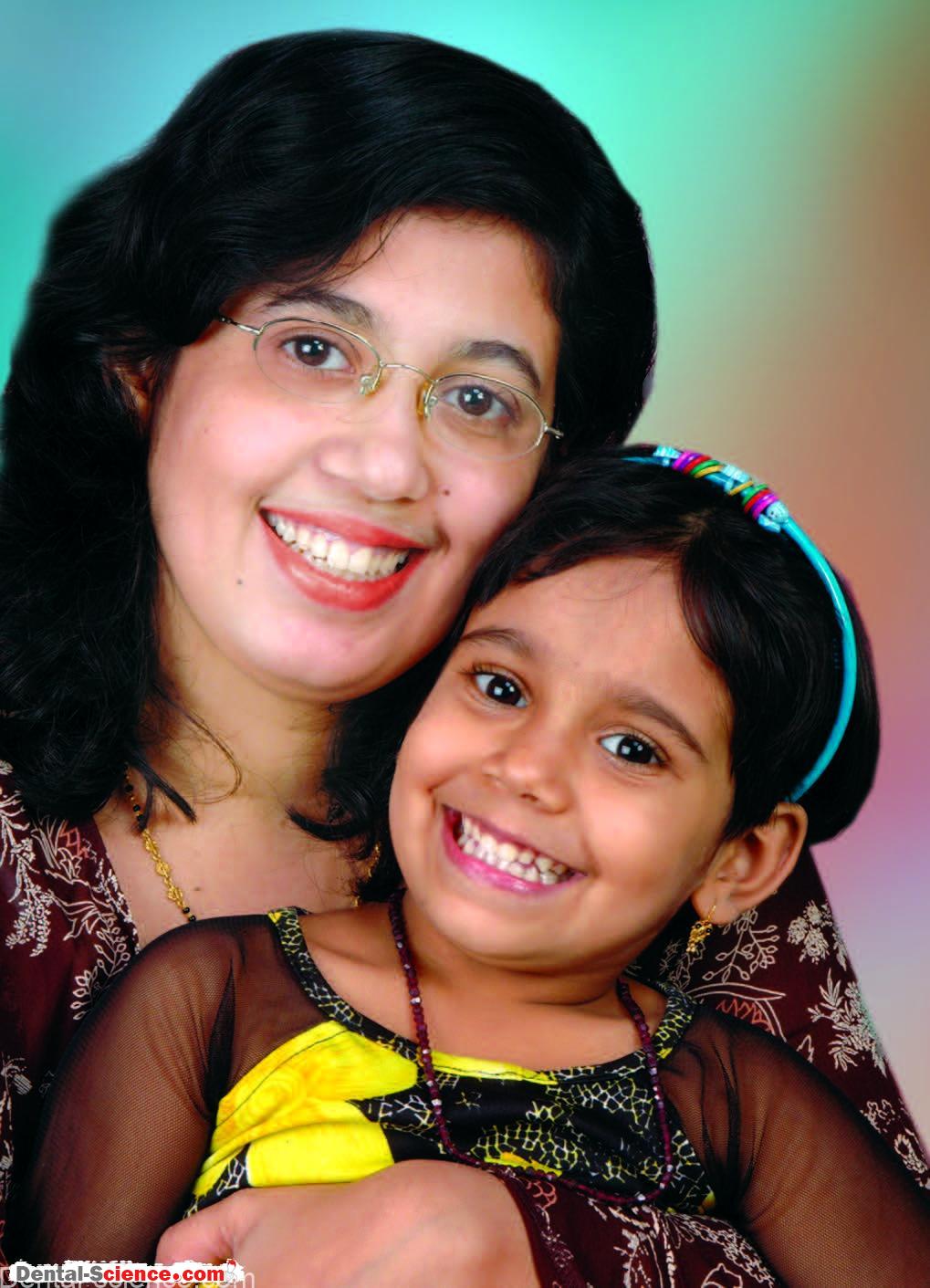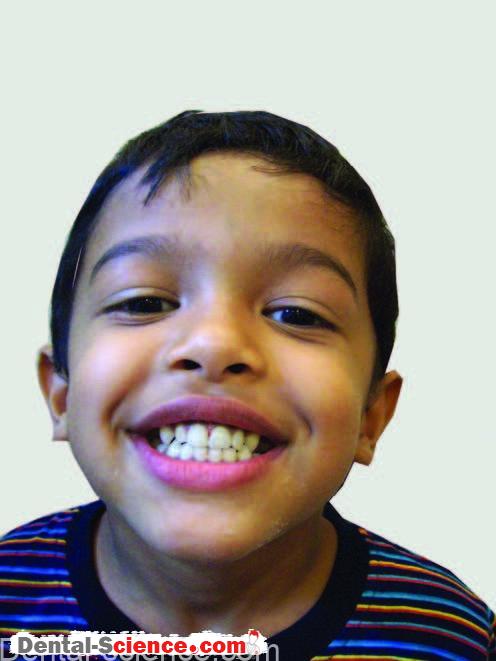Distraction
– Children need to be distracted while undergoing dental treatments for various reasons.
– The distraction allows them to focus on something more interesting and thereby lowers the intensity of discomfort associated with dentistry.
– Furthermore, it allows the operator concentrate better on his work rather than continuously talking to the child and also probably the operator gets more time to work (as long as the child has remained distracted).
– The obedient, distracted child undergoing the dental treatment comfortably on the dental chair often balances his interest (for example watching a cartoon film on the TV) while at the same time complying with the dentist’s demands. I like to call such a child
a ‘conditioned’ child.
– Usually after 2-3 initial visits, most children get ‘conditioned’ to receive dental care.
– The understanding in the conditioned child’s mind is simple: “Let the dentist do his work.I’m busy doing mine.”
– The distraction can be of two types: firstly for a short duration (for example, during
a procedure like administration of LA), and secondly for longer period (for example, while carrying out an endodontic procedure).
– Distraction for a short period is at times more difficult to achieve and demands conscious
efforts on the part of the dentist, who has to engage the child in a conversation.
– It is not easy to talk continuously to a child even for a period of thirty seconds during
a procedure like LA administration when the child could get restless if not distracted well.
– Such a conversation should be well rehearsed by the dental team before actually using it for
a child.
– Alternatively, a child may be asked to count numbers (1-50) in mind during
the LA administration; a method that keeps the child distracted without the dentist’s actual involvement.
– Also, an activity such as rinsing mouth immediately after LA administration can distract the child in the recovery of a traumatic experience.
– The child can, however, remain relatively easily distracted for a non-traumatic procedure for a sufficiently long duration (particularly after LA is administered and the child has no pain to experience!).
– The cartoon programs are really a boon in child management!
ــــــــــــــــــــ► ⒹⒺⓃⓉⒶⓁ–ⓈⒸⒾⒺⓝⓒⒺ ◄ــــــــــــــــــــ






